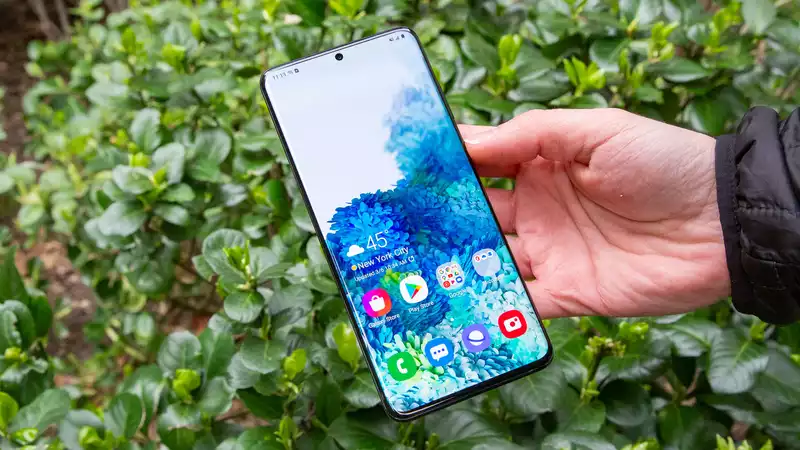The Samsung Galaxy S30, which will be released next spring, is expected to bring a number of innovations to the smartphone market. One that has been rumored for some time is the inclusion of a front camera under the display, which is now excitingly close to becoming a reality.
As reported by ITHome, PhoneArena, and IceUniverse, Chinese display manufacturer Visionox has revealed what it calls the first mass-produced under-display camera. While it has not been stated who will be the first to benefit from this, it seems a logical fit for the next wave of major flagships.
The technology works by changing the metal conductive layer that makes up part of the OLED display into a transparent one. This eliminates the need for bezels, notches, and punch holes on the front of the phone, finally delivering the true full-screen experience that manufacturers have been promising for years.
We knew this technology was coming last year when Oppo and Xiaomi showed off concept phones with under-display cameras. Furthermore, it has been known for some time that Samsung has been working on its own version. But now that Visionox has publicly announced the technology as product-ready, we can expect to see under-display selfie cameras in 2021 phones, including the Galaxy S30.
A new generation of processors will also help this along. Qualcomm, maker of the Snapdragon chipset found in the best Android phones, will update its Snapdragon 865 model next year to the Snapdragon 875. 875 will have native support for under-display cameras built in. It is believed that this will mean that handset makers can easily add this technology to their phones without the need for lengthy and expensive research.
Under-display technology is very cool looking, but there are new engineering challenges it faces. Putting something between the outside world and the camera/sensor means that less light will reach the sensor, potentially resulting in darker and less attractive photos. On the other hand, using transparent pixels could create a very noticeable seam or difference in image quality between the main display and the area covering the camera. This could ruin the full-screen viewing experience, which is the reason for adding a sub-display camera in the first place.
While we wait for Samsung to announce the Galaxy S30, we can look forward to the Galaxy Note 20 and Galaxy Fold 2. Both should feature the Snapdragon 865 chipset, a 120Hz display, and a camera setup similar to the Galaxy S20 series.










Comments